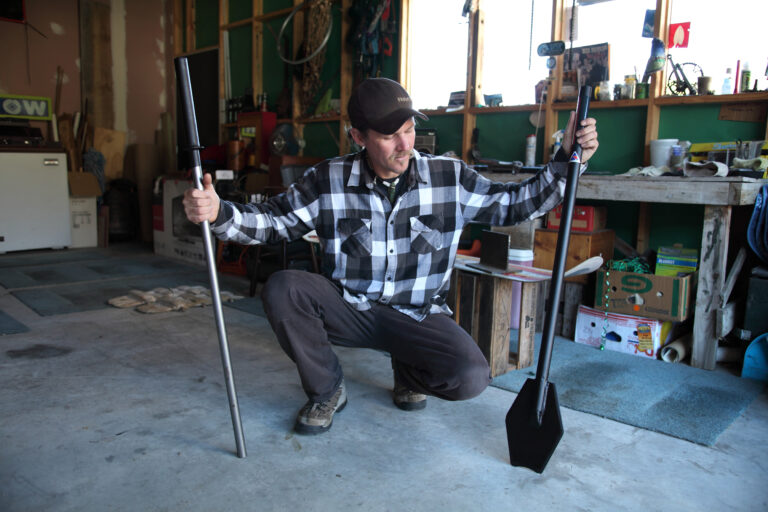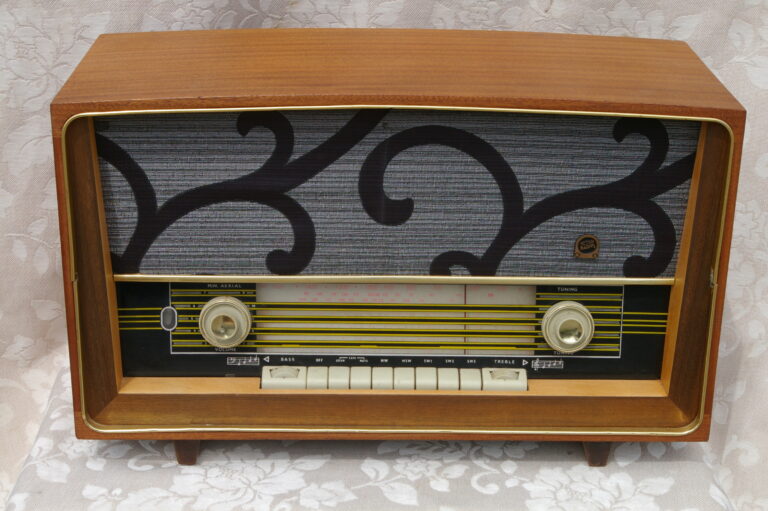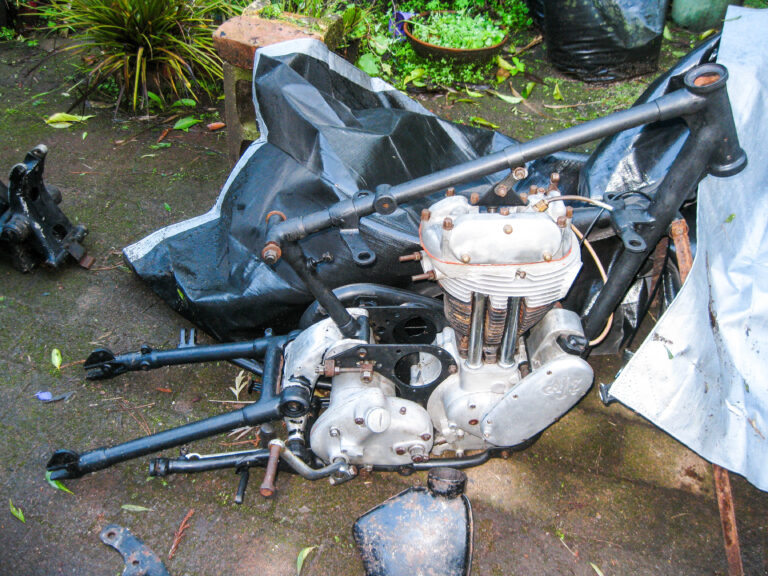For our electronics features in issues 110 and 111 of The Shed magazine we stepped away from a build project and instead head to a makers’ fair in Europe, this one in Belgium. Young and old were there, keen to display their electronic creations as well as to learn, share and to just enjoy fellow electronic sheddies’ skills.
“Compared to other more famous maker faires events across Europe – Brussels, Rome, Hanover, to mention just the most renowned – the Ghent Maker Faire is considered a minor event. However, it still played host to thousands of visitors and is well worth attending because of its very special character.
As you may have already read in the “News” in The Shed issue 109, the faire hosted the first European power tools racing along the lines of New Zealand and USA competitions. It was organised by the effervescent Henk Ryckaert, who was also the man behind the scenes for the power tools racing on the first day.”

Hand tool grand slam
It splits wood and rock, it severs roots, it levers…it slams. The Slammer may be a literally ground-breaking tool to work with, but the manually operated device is a rare creature in the thriving high-tech landscape of new DIY tools.
Developed by TJ Irvin, a globe-trotting American who settled by Lake Hawea more than a decade ago and handcrafted by one of the oldest engineering firms in the country, Templeton & Sons, the Slammer is an unusual piece of kit any manual worker needing a bit of extra grunt should consider trying.
The 9 kg, two-piece Slammer developed by Irvin uses the impact of a solid, high-tensile steel rod rammed down a length of pipe by the operator. This provides the momentum to ram the attached blade into—and through—the sort of material most people hire a jackhammer to deal with. Other attachments turn it into a fence-hole rammer and a compacter for foundation work. As TJ describes it, the slammer/rammer multipurpose tool is a combination of a crowbar, axe, spade, mattock and sledgehammer all in one. Made in New Zealand.


